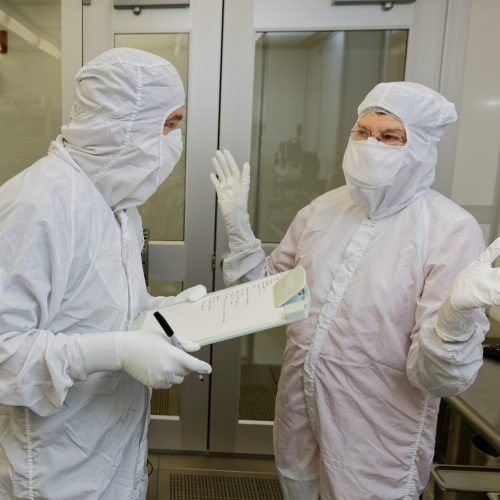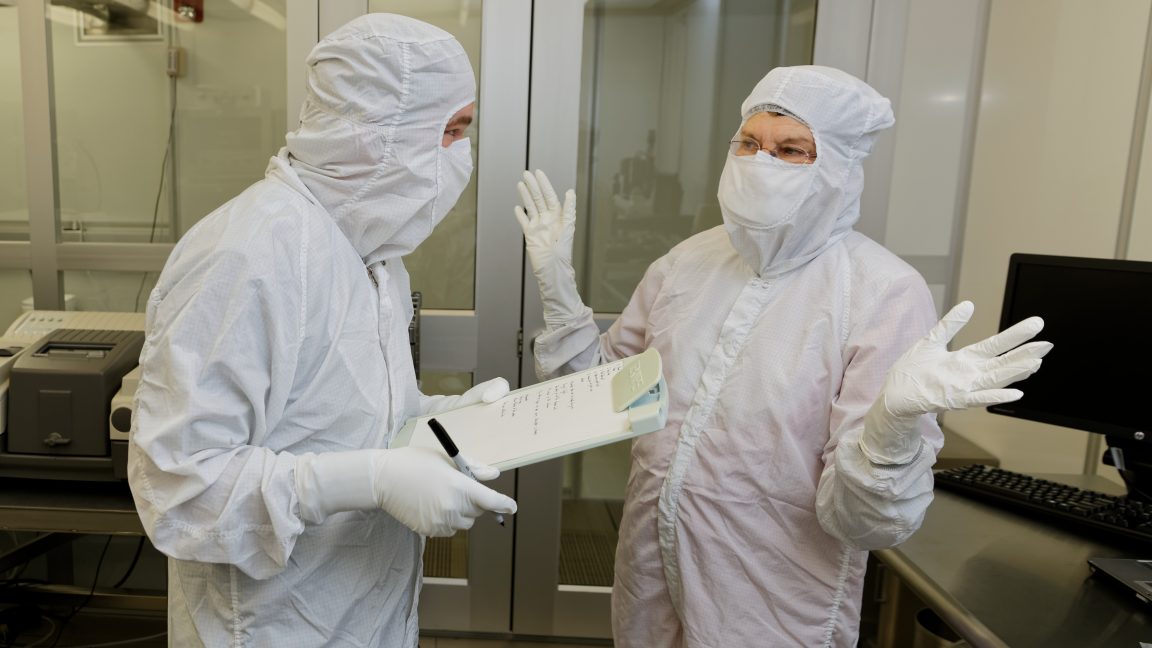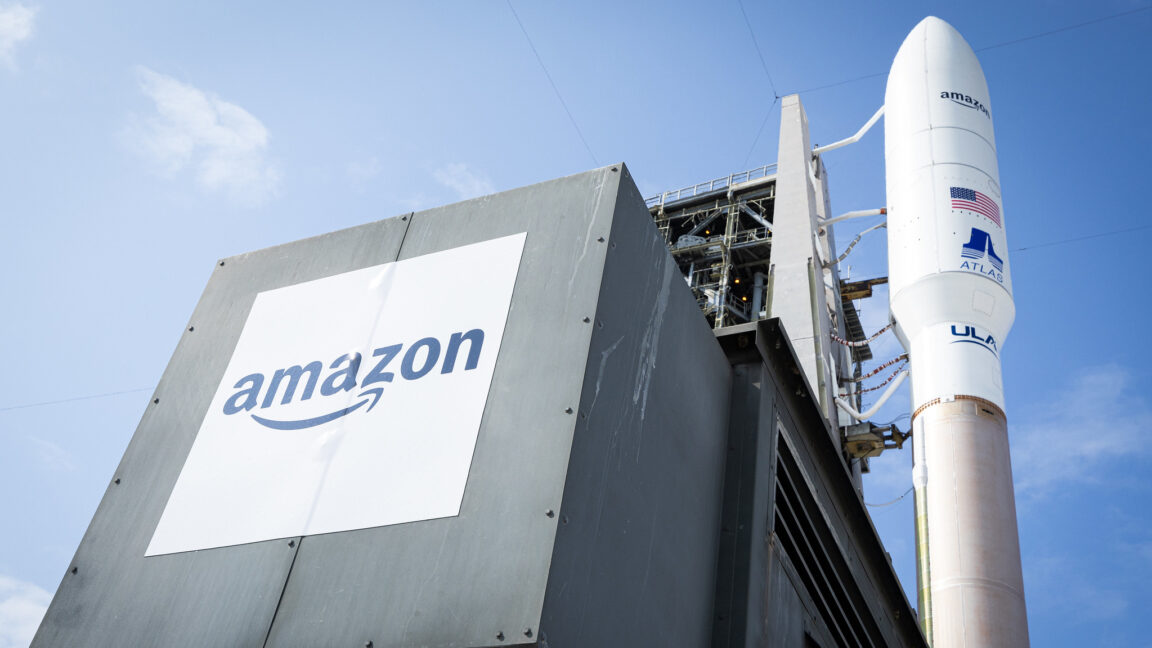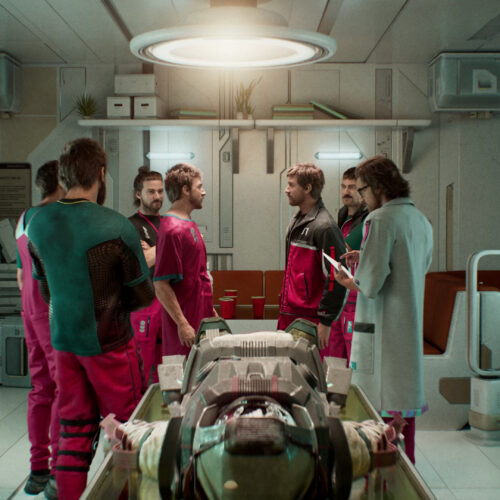Quantum hardware may be a good match for AI
Concerns about AI's energy use have a lot of people looking into ways to cut down on its power requirements. Many of these focus on hardware and software approaches that are pretty straightforward extensions of existing technologies. But a few technologies are much farther out there. One that's definitely in the latter category? Quantum computing.
In some ways, quantum hardware is a better match for some of the math that underlies AI than more traditional hardware. While the current quantum hardware is a bit too error-prone for the more elaborate AI models currently in use, researchers are starting to put the pieces in place to run AI models when the hardware is ready. This week, a couple of commercial interests are releasing a draft of a paper describing how to get classical image data into a quantum processor (actually, two different processors) and perform a basic AI image classification.
All of which gives us a great opportunity to discuss why quantum AI may be more than just hype.


© Jason Marz/Getty Images






































